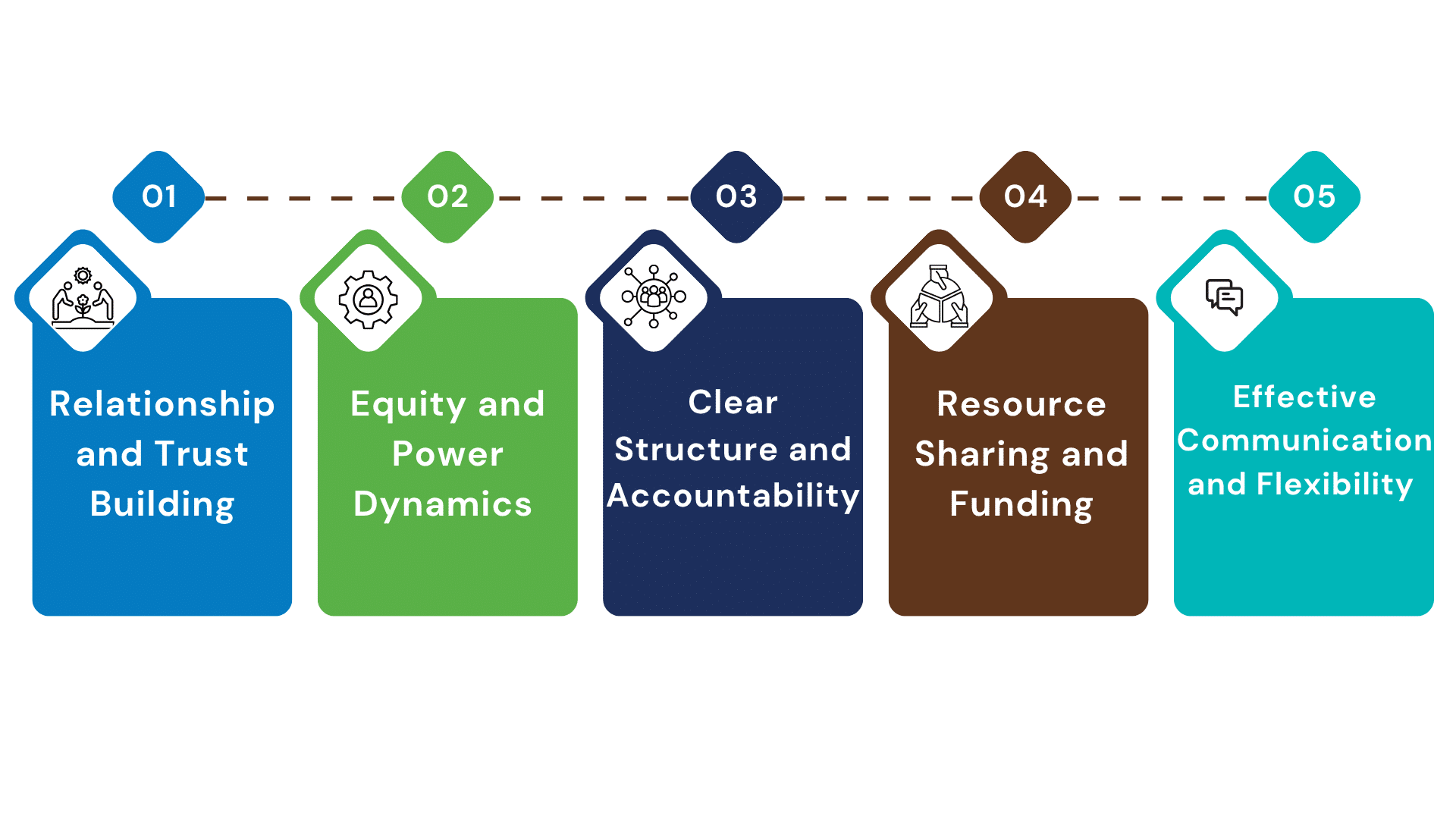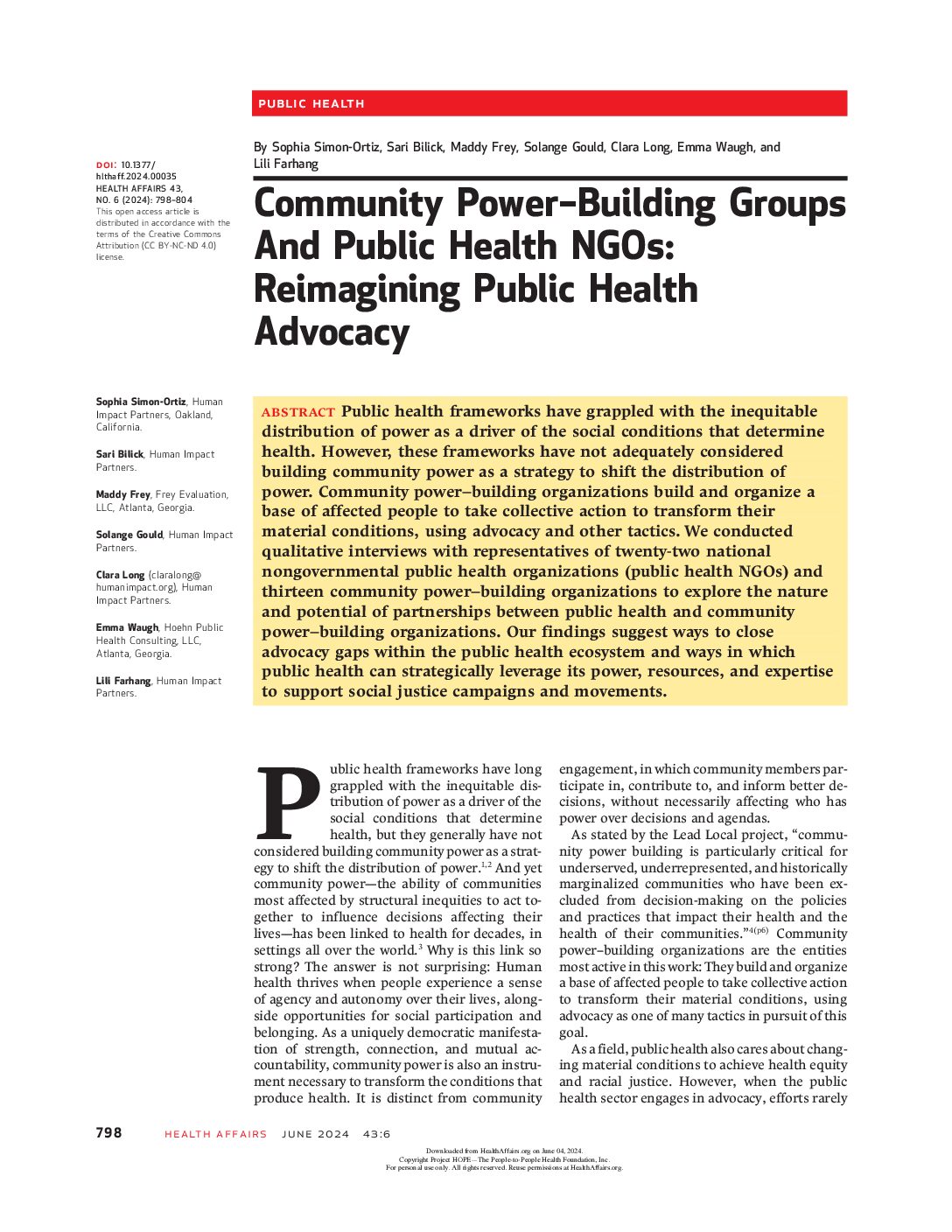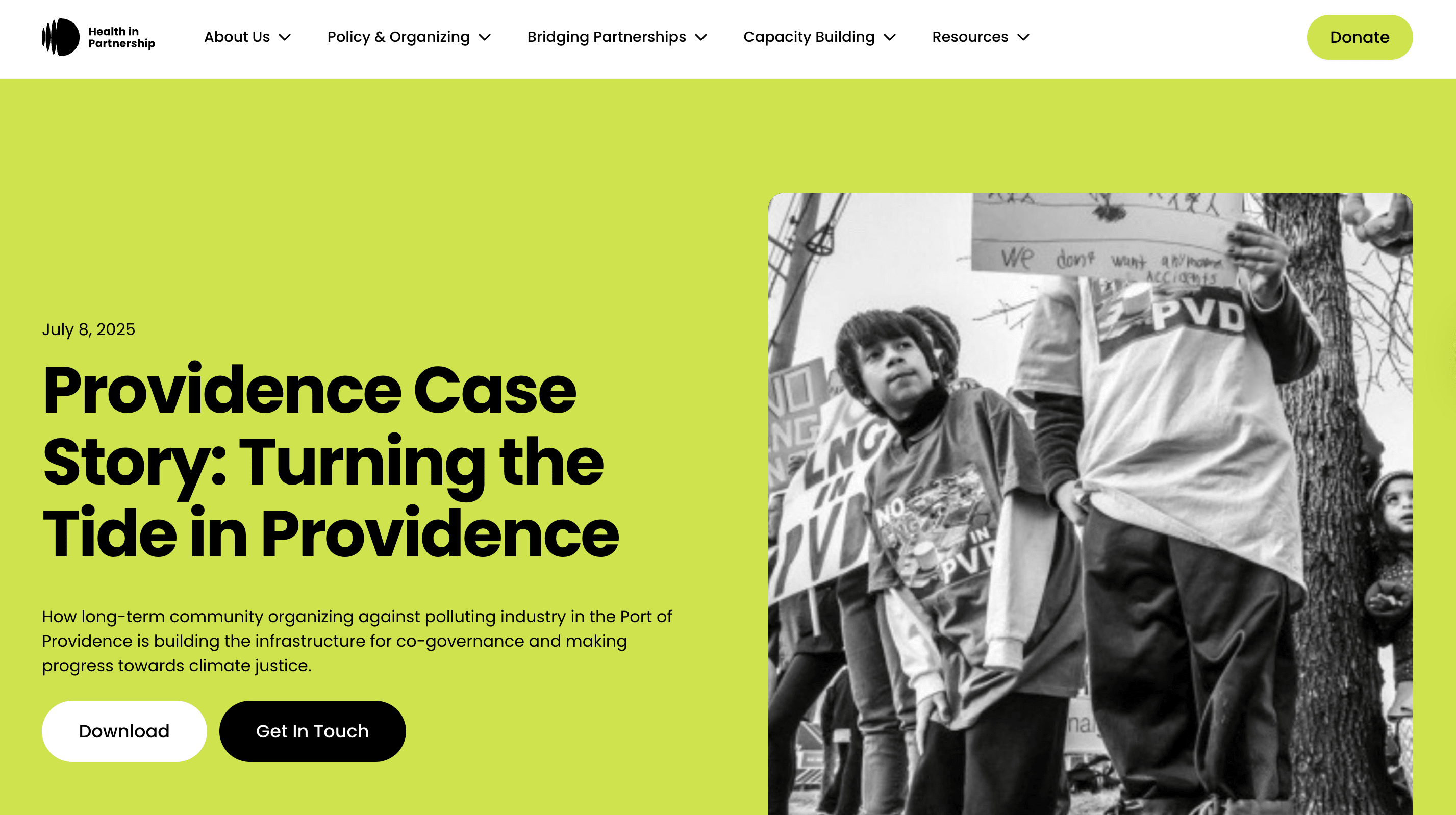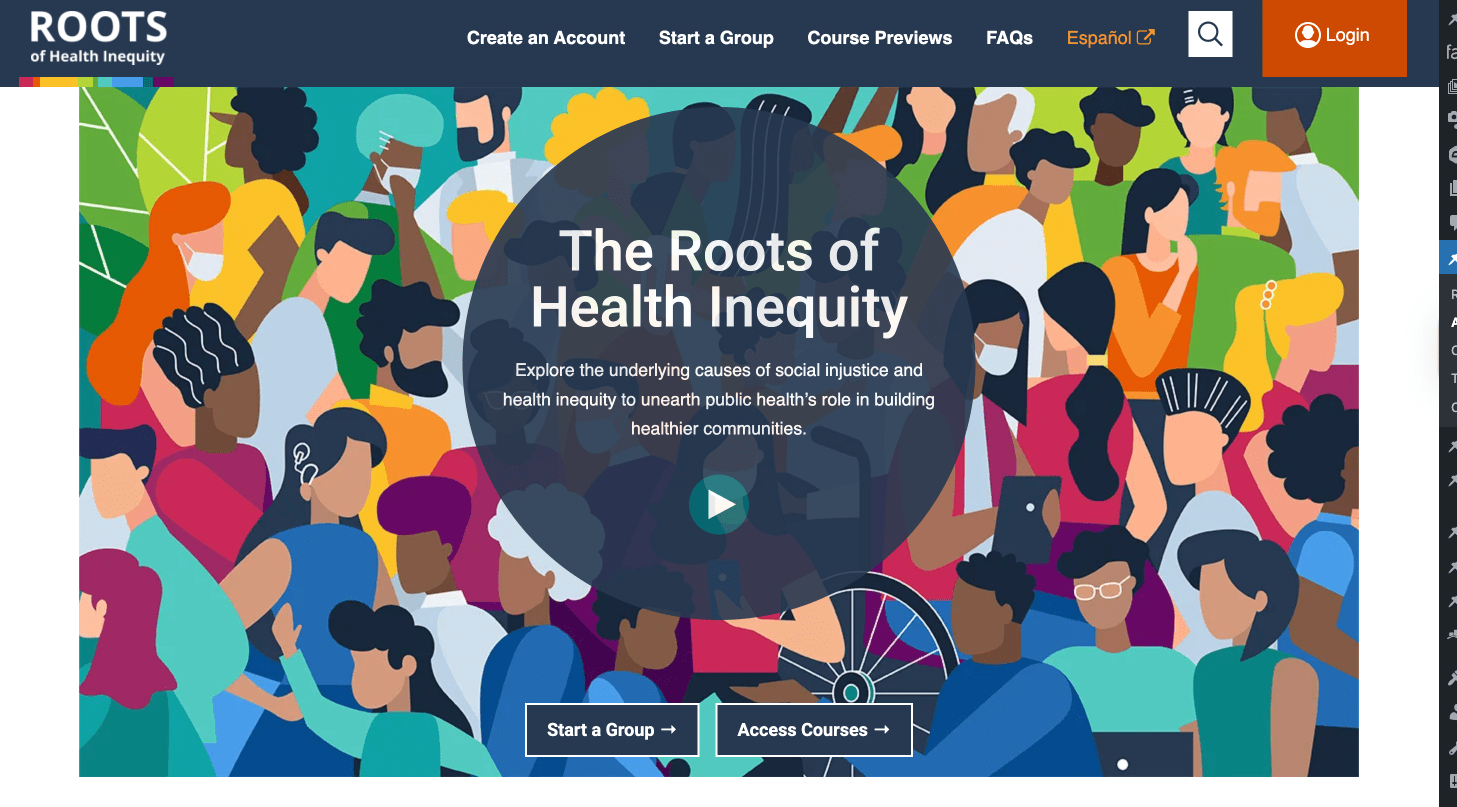Bridge & Build Library
Exploring the Potential for Cross-Sector Collaboration
The Bridge and Build Library is designed to help you improve your partnerships with community-based organizations (CBOs) and cross-sector partners.
What is the purpose?
This Library is intended to answer your questions about partnerships and enhance your strategies for partner engagement.
Who created it?
The Bridge and Build Library was created in partnership with APHA, IP3 and our advisory group made up of health department staff, CBO staff and cross-sectoral partners.
Who is this for?
This Library is designed with local and state health department staff in mind. We look forward to continuing to expand our audience.
Tools
The Library offers a variety of resources covering everything from how to begin partnerships, how to build power with CBOs, to specific case studies on successful partnerships. These resources include written resources like PDFs and web pages, as well as recorded webinars. Additionally, two AI components of the Library can help you find and summarize the things you need.
AI-Powered
AI-Powered
Characteristics of Successful Partnerships
Through APHA’s research we have collected some key characteristics of successful partnerships, we hope that these can help guide your partnerships.
Click into the graphic to learn more.

Relationship and Trust Building
- All parties confirm shared values and vision
- Practice and honor bi-directional transparency
- Long-term/ lots of time investment made
- Foster trust by recognizing past harms (acknowledge history) and rebuild where needed
- Emphasize humility, humanity, and active listening
- Lasts beyond staff turnover and/or funding changes
Equity and Power Dynamics
- Address and disrupt existing power dynamics and prioritize mutual decision-making over feedback-only models
- Apply principles of power-sharing and power-shifting to ensure all voices are respected; humility is essential, e.g., cultural humility
- Practice collaborative leadership
- Attend to Inclusivity
- Recognize that CBOs are not a proxy for community members but can serve as connectors
Clear Structure and Accountability
- Mutually define clear roles, responsibilities, goals, and expectations
- Establish intentional governance structures to support shared decision-making and power distribution
- Be action- and results-oriented
- Ensure mutual accountability, with follow-up actions demonstrating commitment to the partnership
Resource Sharing and Funding
- When possible, jointly secure dedicated resources and funding for sustained collaboration, not just short-term, transactional support
- Share resources and complementary assets across partners, valuing each organization’s strengths
- Provide supportive infrastructure, including staff, to support ongoing partnership activities
Effective Communication and Flexibility
- Maintain open, ongoing, bidirectional dialogue—not only in crises
- Use inclusive language and translation where needed for cross-sector collaboration
- Recognize each partner’s unique strengths, limitations, and evolving needs, with flexibility to adjust as the partnership progresses
Featured Resources
Collaboration and partnership almost always involve challenges and opportunities, and we hope that the resources in this Library will help you navigate these. Here are a few featured resources you can find in this Library.
Get Started

Co-Governing Towards Multi-Racial Democracy, Partners in Dignity and Rights, Race Forward

Community Power–Building Groups and Public Health NGOs: Reimagining Public Health Advocacy

A Campaign for Dignity and Respect
From Our Partners

Providence Case Story: Turning the Tide in Providence

The Roots of Health Inequity

Supporting Equitable Community Engagement
Success Stories
The Public Health sector can’t improve the public’s health all on our own, we are stronger when we work together with organizations like CBOs and cross-sectoral partners. Many aspects of public health work touch other sectors like housing, food systems, labor, the criminal legal system, and so much more; forming partnerships with organizations already working in these spaces can help us achieve our shared goals faster.
ADVOCACY STORIES
The Triumphs and Trials of OPHA’s Advocacy Journey
Read more about how the Oklahoma Public Health Association revitalized its advocacy by centering inclusivity and human rights, and how strategic tools like legislative tracking and community engagement helped them make an impact with limited resources.
ADVOCACY STORIES
Empowering Public Health: Washington State’s Journey to Equity and Advocacy
Read more about how the Washington State Public Health Association secured $325 million in biennial funding for foundational public health services and declared racism a public health crisis, advancing equity-driven policy reforms and strengthening partnerships with Indigenous communities.
